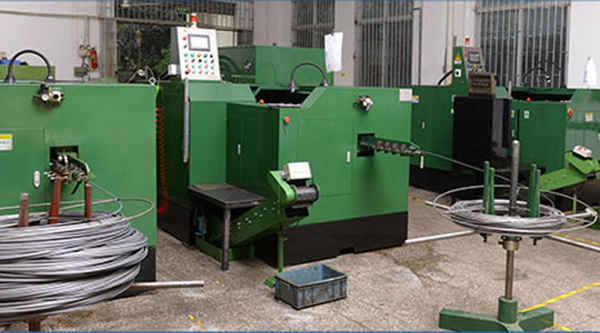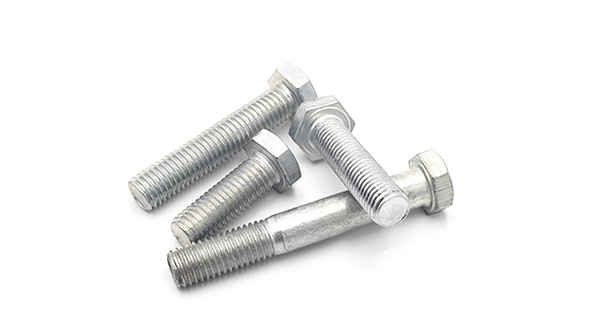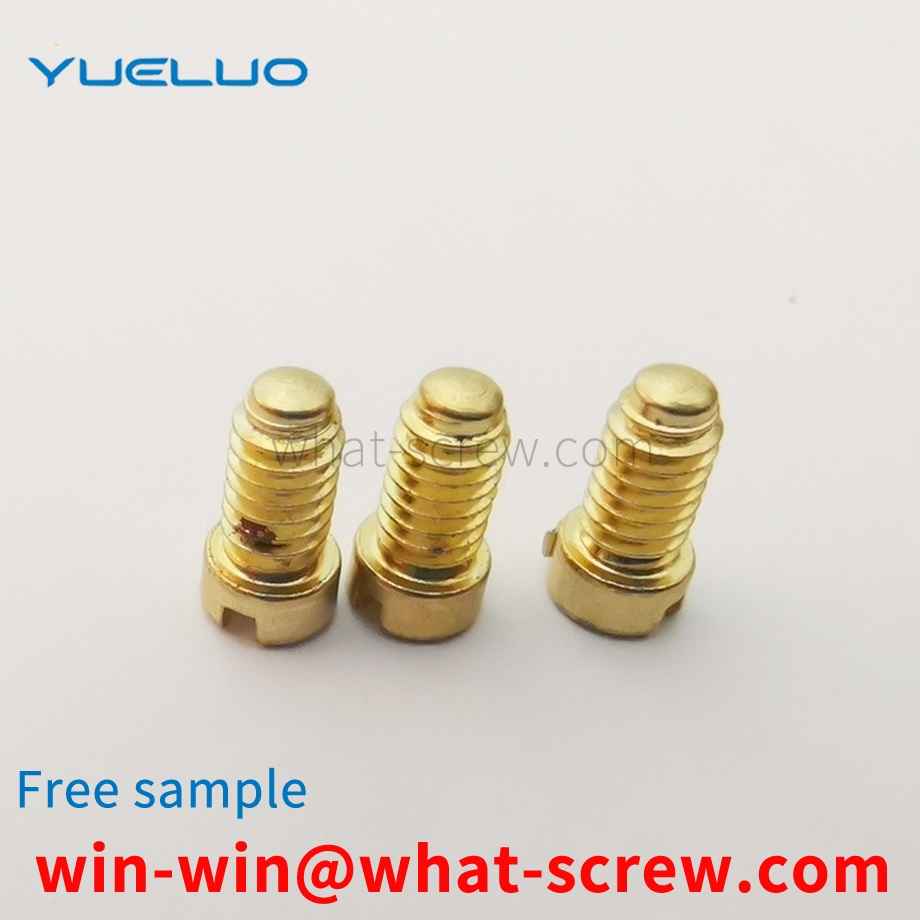What is the tolerance range of precision screws?
What is the tolerance range of precision screws?
Service Hotline
+86760-8787 8587We have more than ten years of production experience in the screw industry. The main products are: color zinc lock nuts, A-type American standard USS wide type, aluminum tooth bars and copper posts, small gear copper nuts, hexagonal copper screws, flat cup bolts, self-tapping Braces, round head countersunk head screws, thickened and widened mesons, hexagonal head screw screws, flat head small countersunk head inner and outer hexagonal rivet nuts, casing gaskets, air conditioning bracket screws, nickel-plated nylon self-locking nuts, high-precision knurling Fasteners such as nuts, due to the different materials and specifications of the products, the prices are also different, please contact us if necessary.


Two combination screws are also called two combination screws. As the name suggests, it consists of a screw with a spring washer or only a flat washer. After the thread rolling, the two components are combined together. Two combination screws are available in iron and stainless steel. For iron, there are screw materials such as screw wire 1010, 1018, 10B21, etc. The general iron pier needs to be electroplated, and electroplating is divided into environmental protection and ordinary. For example, there are environmentally friendly color zinc, environmentally friendly blue zinc, white zinc, color zinc, white nickel and other electroplating. Stainless steel two combination screws. The material is stainless steel 304.

Regardless of stainless steel plate or heat-resistant steel plate, austenitic steel plates have the best comprehensive properties, with sufficient strength, excellent plasticity and low hardness, which is one of the reasons why they are widely used. Austenitic stainless steel is similar to most other metal materials, its tensile strength, yield strength and hardness increase with the decrease of temperature; plasticity decreases with the decrease of temperature. Its tensile strength increases uniformly in the temperature range of 15~80°C. More importantly: as the temperature decreases, the impact toughness of stainless steel screws decreases slowly, and there is no brittle transition temperature. Therefore, stainless steel can maintain sufficient plasticity and toughness at low temperature.


As the requirements for the use of electrical appliances in various industries continue to increase, the testing specifications for the performance of various components in electrical appliances are also constantly improving. Riveted contact elements are used in various relays, contactors, small switches, thermostats, etc. in low-voltage electrical appliances. The structure of the riveted contact element generally includes a contact base and a rivet riveted to the contact base. The rivet includes a rivet head and a rivet top, the structure of which is shown in FIG. 1 .

Countersunk head screws are mostly used after installation, and the surface of the parts cannot be raised, and the parts to be fastened have two thicknesses. Thickness, after the screw is tightened, there is still a part of the screw thread that does not enter the threaded hole. In this case, the countersunk head screw can definitely be tightened. There is usually a situation where the thickness of the fastened part is less than the height of the head of the countersunk head screw, which is commonly seen in sheet metal parts in mechanical equipment, such as the connection between the hinge of the chassis and the door and the box; the sheet metal of the equipment The connection of the cover to the equipment, etc. Due to the small thickness of the part, the tightened sheet metal part, the screw through hole completely becomes a conical hole, in this case, when the countersunk head screw is tightened, the screw head is not a tapered surface to press the sheet metal part , but the bottom of the screw head and the top of the threaded hole are squeezed. Although it feels that the screw is tightened, the sheet metal part is stuck instead of being pressed. In this case, although it feels that the screw is tightened, the sheet metal The gold pieces were indeed not tightened. This is a very common situation. Let’s talk about the reasons for the processing: the head cone of the countersunk screw has a 90° conical angle, and the apex angle of the newly bought drill is usually 118°-120°. Some workers who lack training do not know this angle is poor. It is often used to ream the hole with a 120° drill bit, which results in that when the countersunk head screw is tightened, it is not the conical surface of the head, but a line at the bottom of the screw head, which is one of the reasons why the so-called countersunk head screw cannot be tightened. , it's not the screw's fault.

The above content is uploaded by Yueluo or the Internet. If there is any copyright issue, please contact [email protected].

What is the tolerance range of precision screws?

How to choose the right stainless steel screw manufacturer?

Why is there an R angle under the head of the hexagon head s...

We have more than ten years of production experience in the ...

We have more than ten years of experience in the production ...

We have more than ten years of experience in the production ...

We have more than ten years of experience in screw industry ...